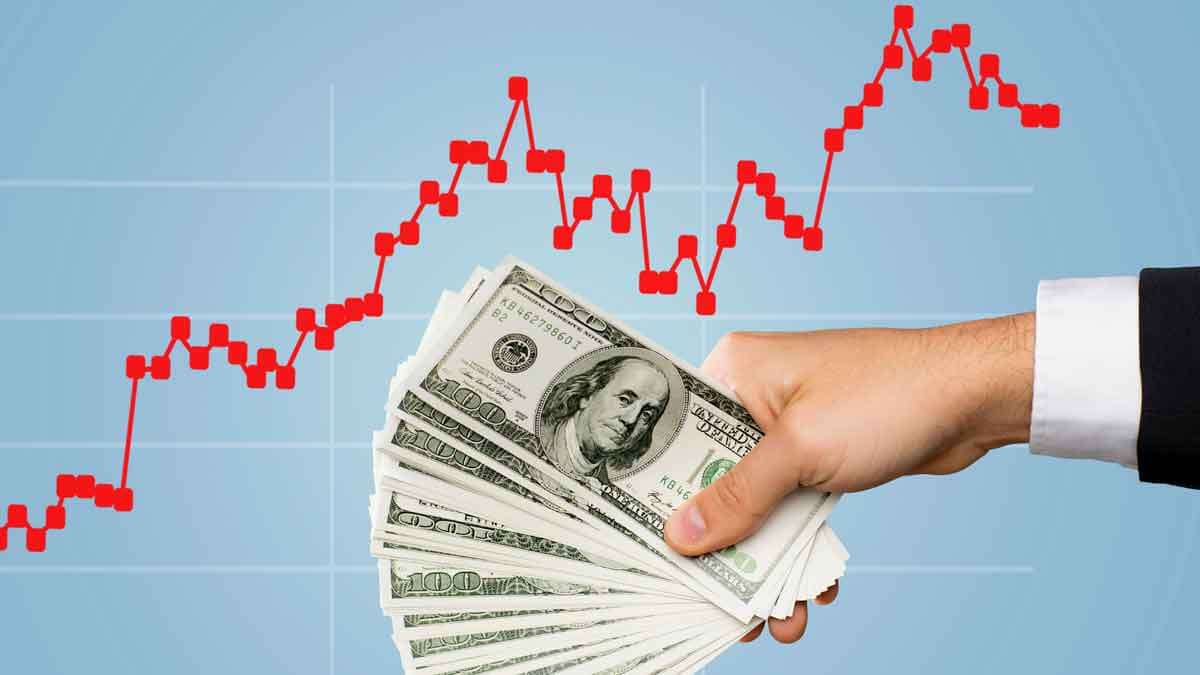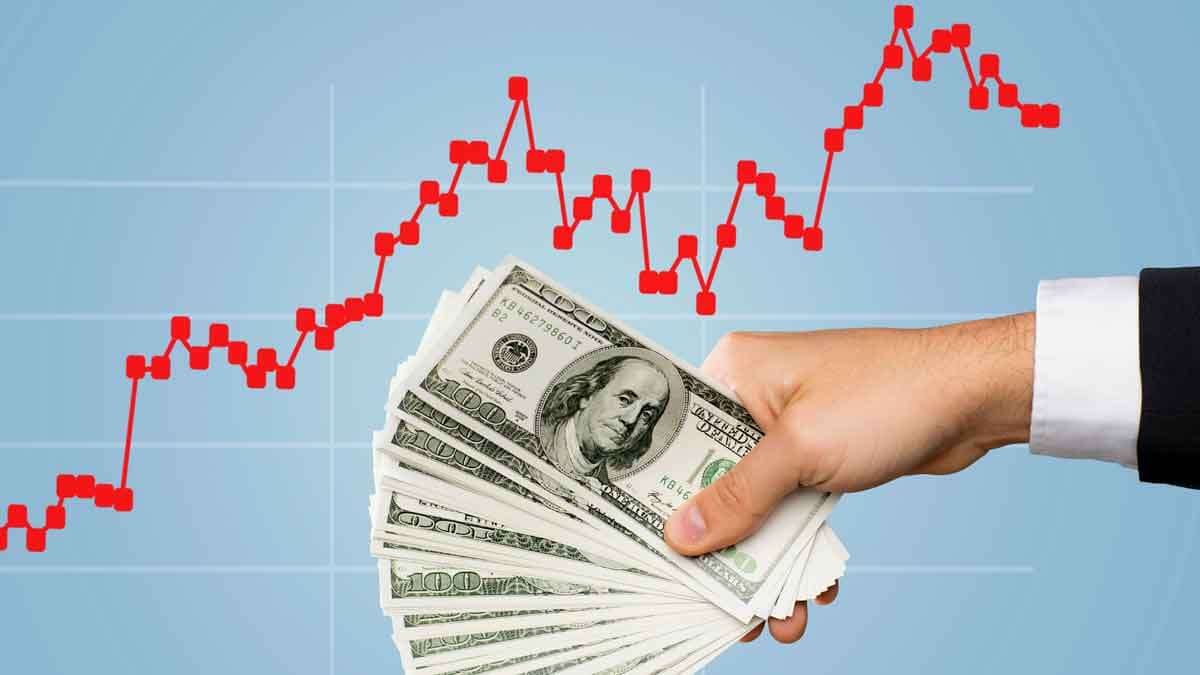If a stock’s P/E ratio is 20-to-1, then only 5 percent of a firm’s value is driven by this year’s earnings. Put another way, 95 percent of shareholder value is driven by investors’ expectations of the future. Executives with rich stock options have “motive and opportunity” to manipulate these expectations… in ways that often damage the firm’s long-term health.
More in 2-minute video, 5. Shareholder wealth is a poor goal
If your company has a P/E ratio of 20, only 5% of its value comes from this year’s performance (that is, your earnings this year). The other 95% comes from the market’s expectations of your company’s future: That’s all that’s left.
So business leaders probably spend 95% of their time where the value is… ensuring future growth will be rapid, profitable and sustainable, right? Ummh… well… not so much. Strangely enough, many management teams fixate on this year’s results. You say your investors won’t let you think past this year? What about Amazon, that took 7 years to turn a profit? Warren Buffet said, “Companies obtain the shareholder constituency that they seek and deserve.”
More in this 2-minute video, Shareholder wealth is a poor goal
If a stock’s P/E ratio is 20-to-1, then only 5 percent of a firm’s value is driven by this year’s earnings. Put another way, 95 percent of shareholder value is driven by investors’ expectations of the future. Executives with rich stock options have “motive and opportunity” to manipulate these expectations… in ways that often damage the firm’s long-term health.
More in article, Why Maximizing Shareholder Value is a Flawed Goal (Originally published in B2B Organic Growth Newsletter).



